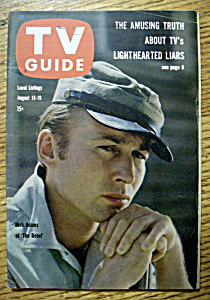
The process is not inexorable, however, since the late sunrises experienced by such places during the winter may be regarded as too undesirable.

If they do so, the boundary of that zone is locally shifted to the west the accumulation of such changes results in the long-term westward trend. Places on the eastern edge of a time zone can effectively move sunset an hour later (by the clock) by shifting to the time zone immediately to their east. Generally, time zone boundaries have tended to shift westward. DOT issues press releases when these changes are made. Time zone boundaries have changed greatly since their original introduction and changes still occasionally occur. In subsequent years, the United States Congress transferred the authority over time zones to the U.S. The act also continued the authority of the ICC over time zone boundaries. but allowed for local exemptions from its observance. The Uniform Time Act of 1966 provided standardization in the dates of beginning and end of daylight time in the U.S. It was re-established nationally early in World War II, and was continuously observed until the end of the war.Īfter the war its use varied among states and localities. The act also established daylight saving time, itself a contentious idea.ĭaylight saving time was repealed in 1919, but standard time in time zones remained in law, with the Interstate Commerce Commission (ICC) having the authority over time zone boundaries. law until the Standard Time Act of 1918 of March 19, 1918, also known as the Calder Act (15 USC 260). Standard time in time zones was not established in U.S. Use of standard time gradually increased because of its obvious practical advantages for communication and travel.

The new standard time system was not immediately embraced by all. Before then, time of day was a local matter, and most cities and towns used some form of local solar time, maintained by some well-known clock (for example, on a church steeple or in a jeweler's window). The history of standard time in the United States began November 18, 1883, when United States and Canadian railroads instituted standard time in time zones. The current situation is different only in that six Indiana counties have since been moved from the Central time zone to the Eastern time zone. time zones between April 2, 2006, and March 11, 2007.


 0 kommentar(er)
0 kommentar(er)
